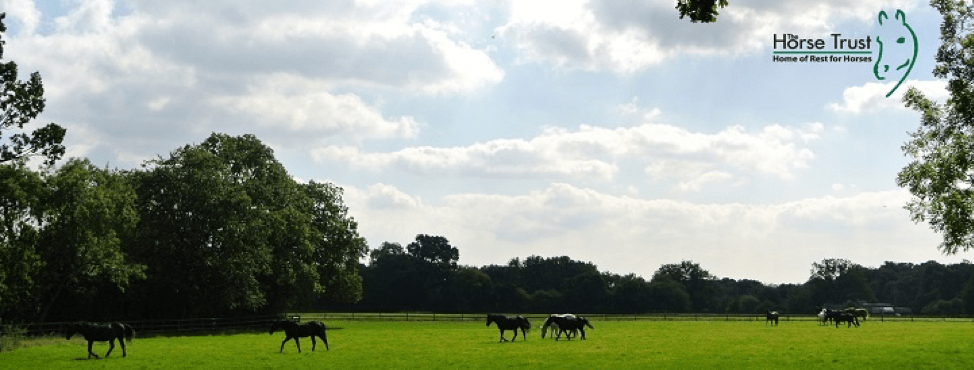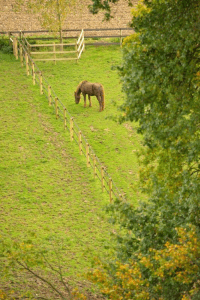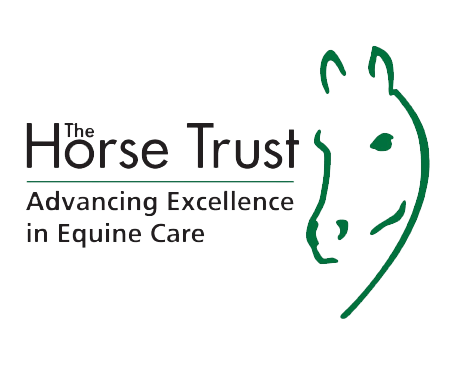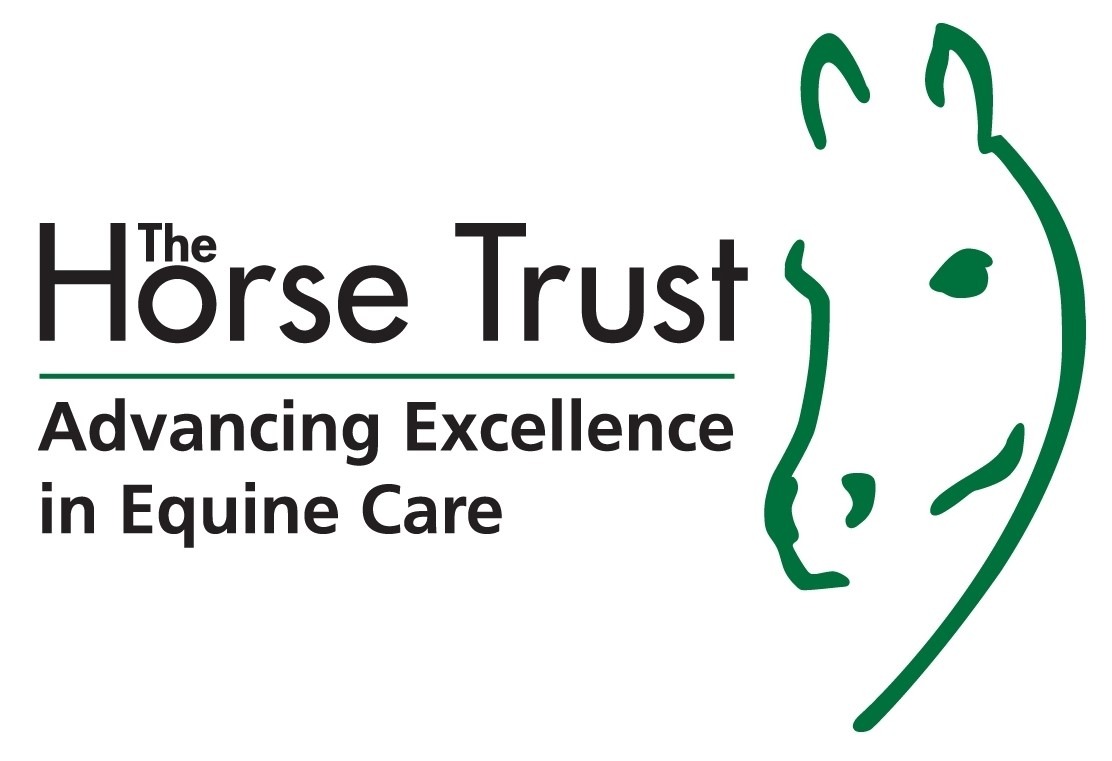At The Horse Trust, we’re committed to protecting not just the horses in our care…

Stay vigilant: Warning to horse owners over atypical myopathy
National Equine Welfare Council members have joined forces to remind owners to stay vigilant against atypical myopathy this spring.
With the Universite de Liege recording 97 known cases of Atypical Myopathy in the UK during 2014 and ongoing concerns from horse owners, welfare charities are working together to make owners aware.
NEWC members have created a new poster to make sure owners know the signs of the highly fatal muscle disease and act early. Download the poster here.
What is atypical myopathy?
Atypical Myopathy (AM) is caused by the ingestion of the toxin hypoglycin-A, commonly found in the seeds of sycamore trees, leading to the destruction of muscle tissue, including the heart.
It is thought that bacterial or fungal toxins prevalent in mild climates (most commonly during autumn and spring in the UK) are additional attributing factors for AM. Although rare, recent reports have indicated that most cases of AM result in a fatality within 72 hours of symptoms being observed. Being aware of clinical signs and their sudden onset could help early veterinary diagnosis and treatment, and crucially, save horse’s lives.
 Millie’s story
Millie’s story
Using Millie’s story, a 10-year-old 15hh cob that tragically died from Atypical Myopathy last Autumn, we’re encouraging owners to print the poster and display at their yards for other owners to see.
As a happy and dearly loved horse, Millie is no different from any other and we hope her story will resonate widely with horse owners. The paddock she was in had been grazed by horses for over a decade without any problems and happily, her field mates were unaffected, showing that owners shouldn’t be complacent about the disease.
Read Millie’s story here.
Need for further research
Research into Atypical Myopathy is still in its early stages and many questions remain unanswered, but identification of a potential cause and raising awareness of symptoms has proven to be an enormous leap forward.
For many horse owners in the UK, the sycamore tree is a common feature in paddocks used to graze horses. Find out more about the condition and how to prevent it here: www.bhs.org.uk/ATMleaflet
For more information about equine welfare and the National Equine Welfare Council visit www.newc.org.uk















Comments (0)